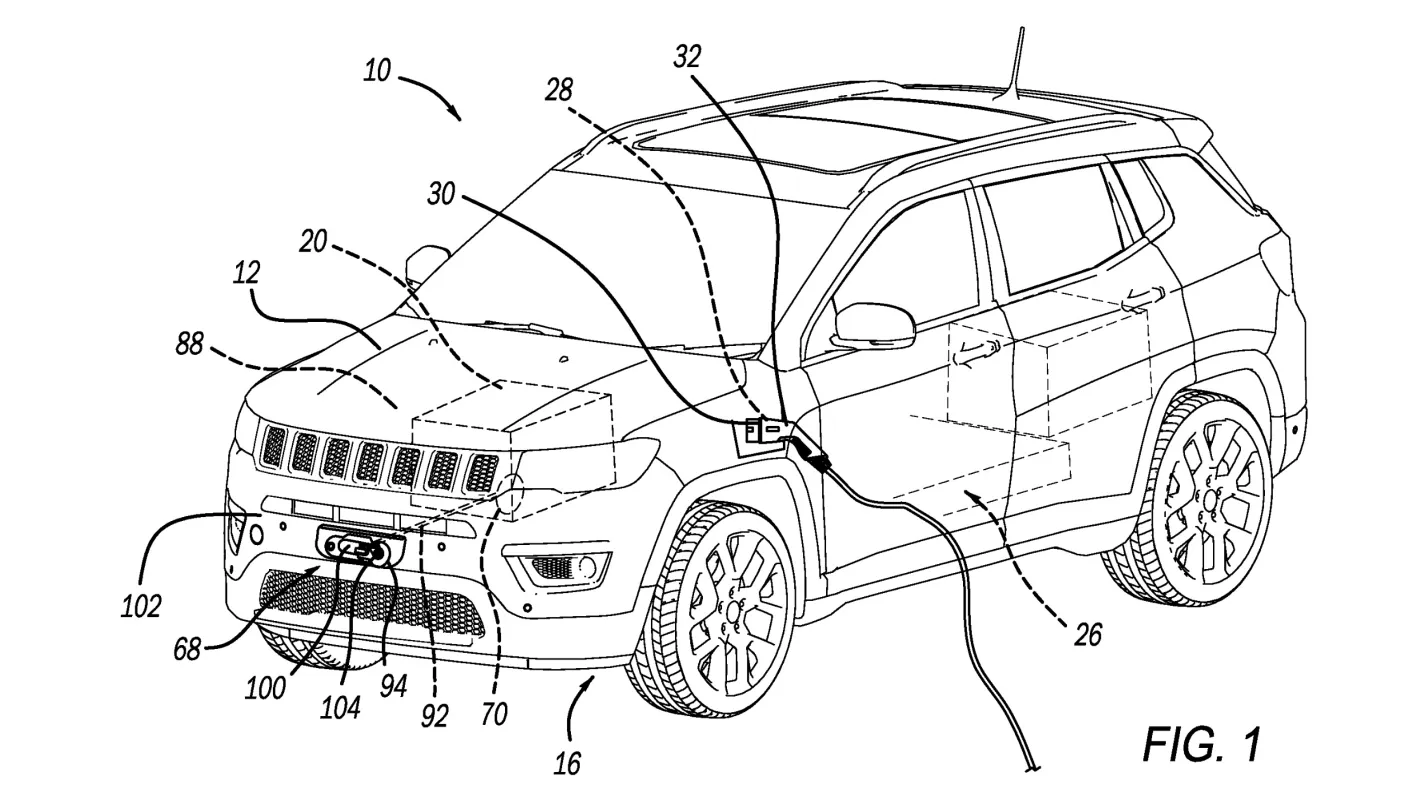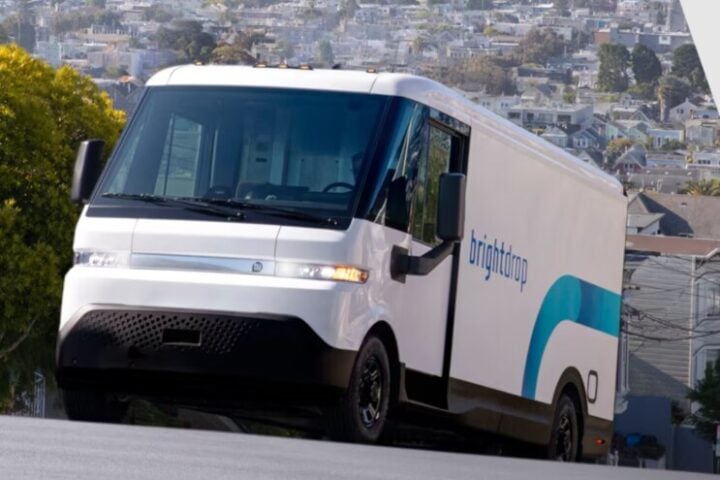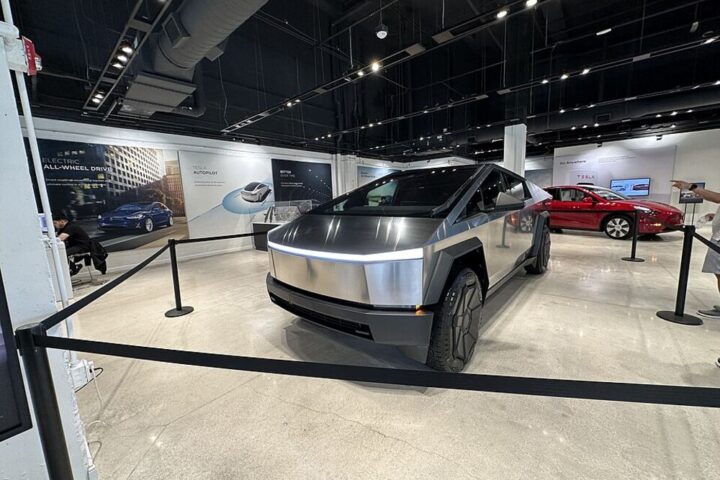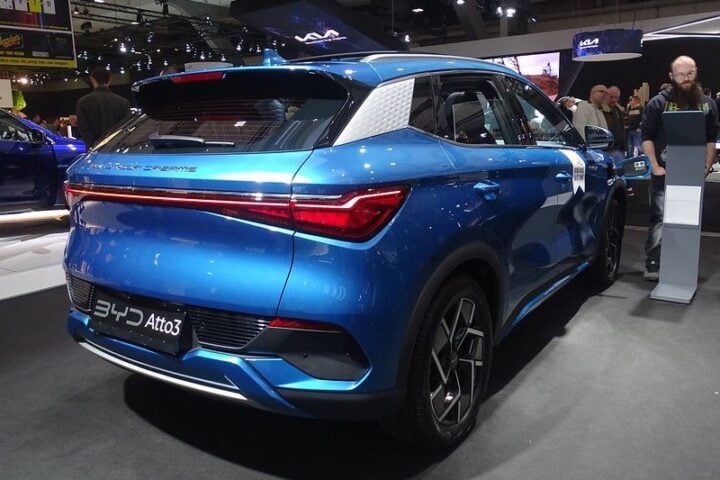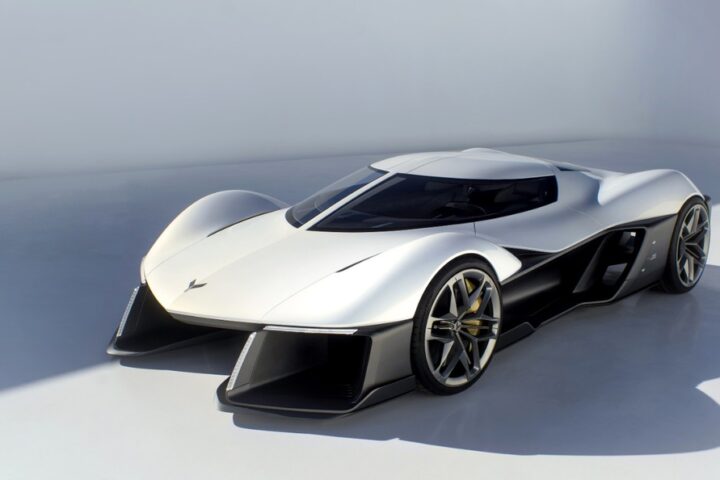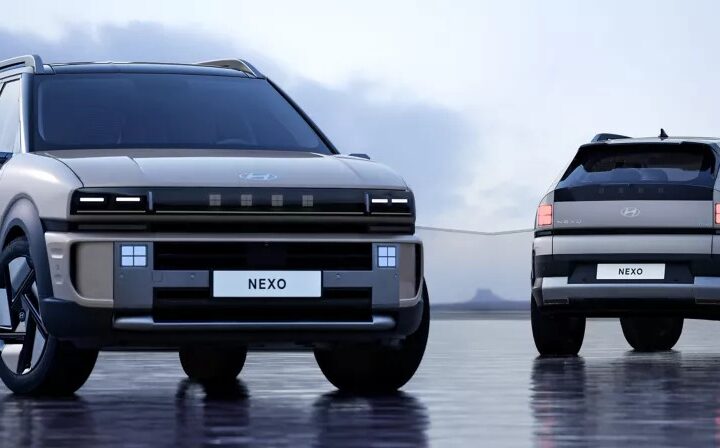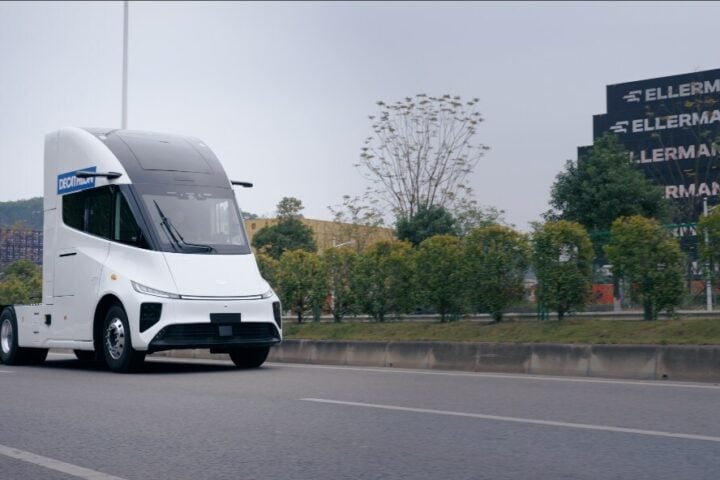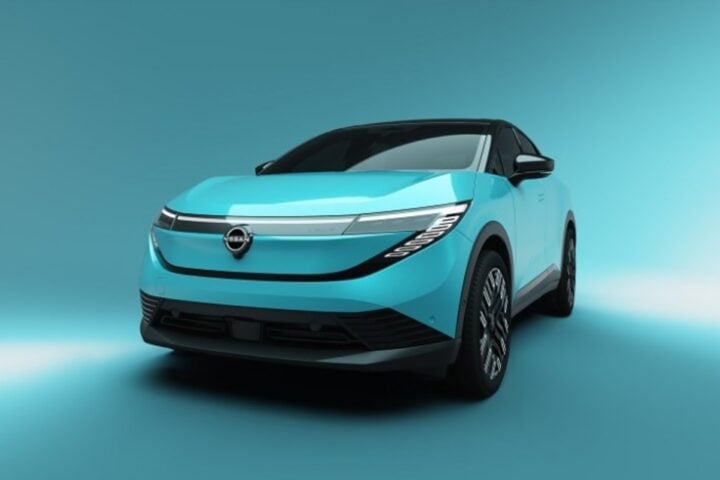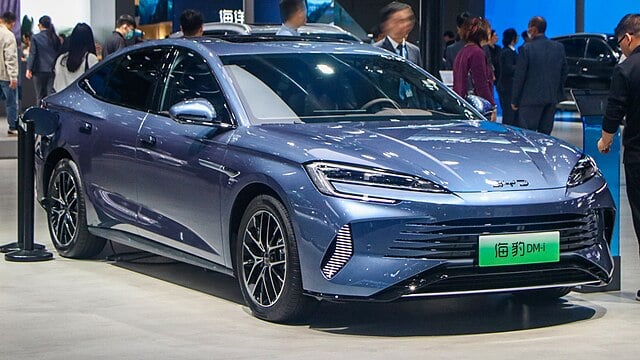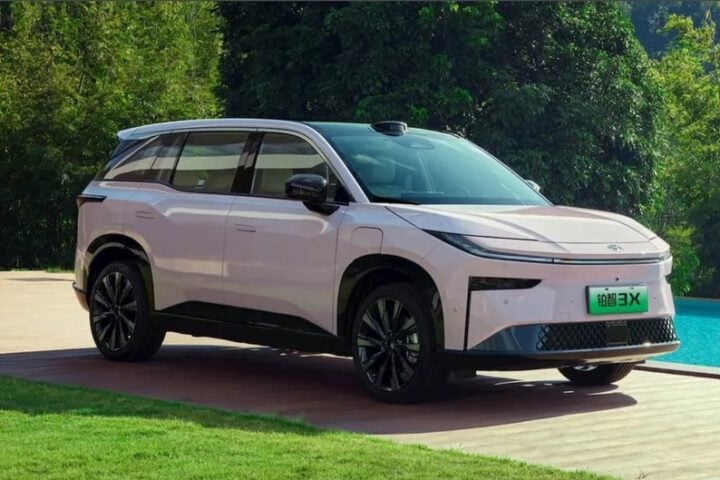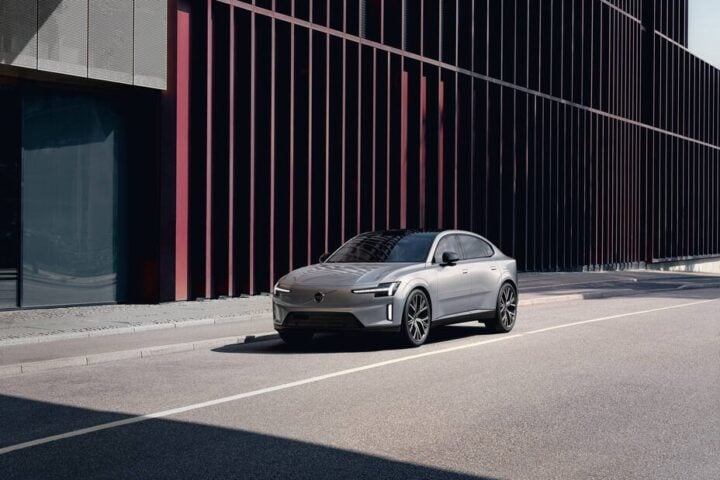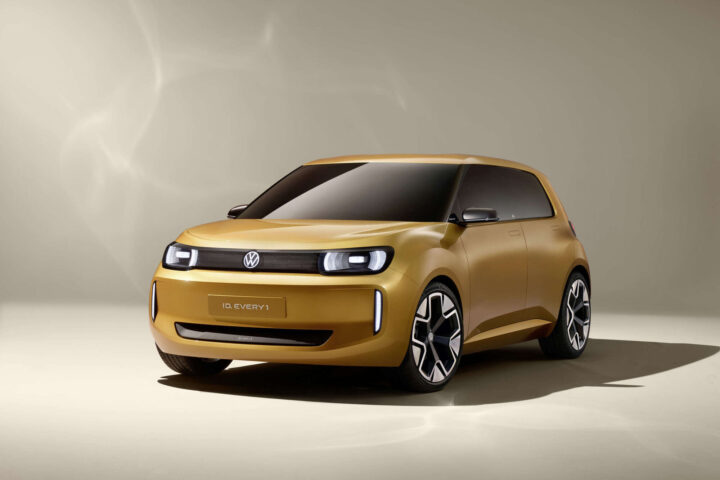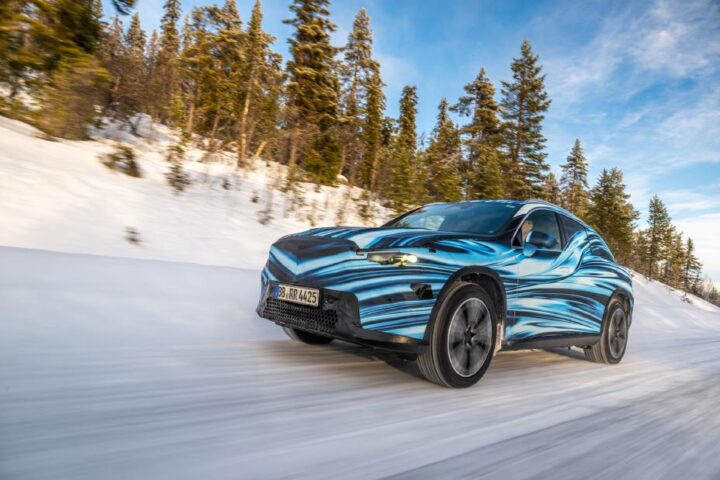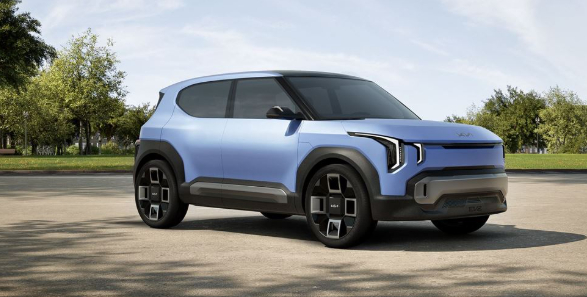Imagine getting your vehicle stuck in deep mud. Instead of needing a bulky winch bolted to your front bumper, your electric Jeep has a hidden helper built right in. That’s exactly what Stellantis, Jeep’s parent company, has designed with their latest patent granted in January 2025.
The company has created a clever system that uses an electric vehicle’s existing motor and battery to power a built-in winch. “By sourcing its power from an existing traction motor, it eliminates the need for a separate winch motor,” automotive experts noted in their review of the patent. This means no extra motors to add weight or take up space.
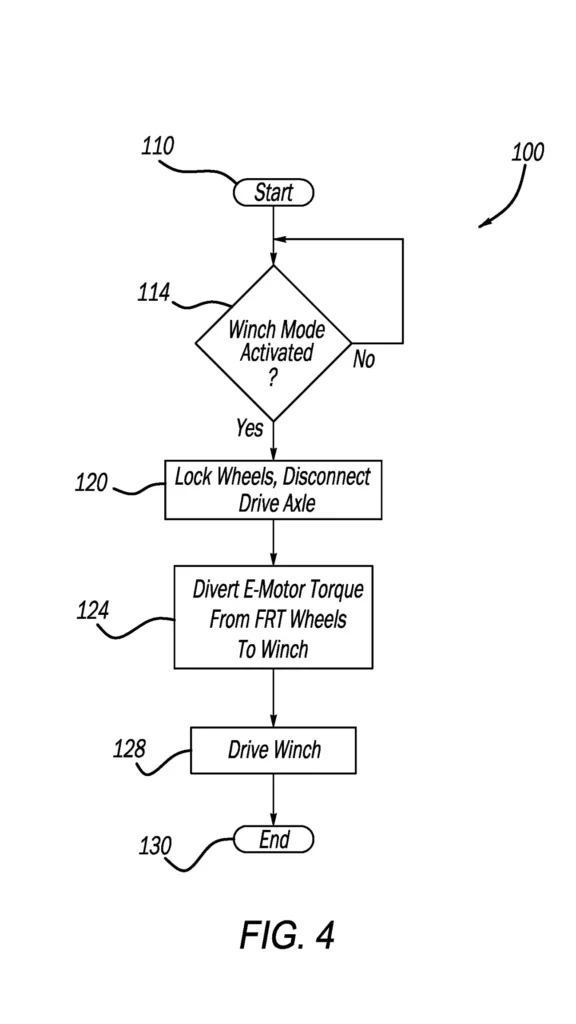
How does it work? Instead of sending power to move the wheels, the vehicle can redirect that power to operate the winch when needed. The system uses what engineers call a “differential” and “planetary gear set” to make this power-sharing possible. According to the patent, the system diverts torque from the front or rear axles and redirects it through a planetary gear set to drive the winch spool.
The first vehicles likely to get this new technology will be future electric Jeeps, including the upcoming Recon EV. Industry analysts point out this makes perfect sense – Jeep owners often tackle challenging off-road terrain where winches prove essential for recovery.
“While some who appreciate the rugged aesthetic of a bumper-mounted winch may balk at the idea of hiding it, others will appreciate the integrated design,” notes one industry report from the source material. The hidden design offers a cleaner look while maintaining the recovery capabilities Jeep owners expect.
Similar Posts:
This isn’t just about looks – there are practical benefits too. Traditional winches need their own motor and power system, making them heavier and more complex. Stellantis’s design taps into the electric vehicle’s high-voltage battery system. For off-road enthusiasts, this integrated system offers a new approach to vehicle recovery.
The patent is flexible enough to allow winches at both the front and rear of vehicles. This versatility shows Stellantis is thinking ahead about how different drivers might use this technology. Currently, Jeep only offers factory-installed winches on certain Wrangler models. This new system could make recovery capabilities available across more of their electric vehicle lineup.
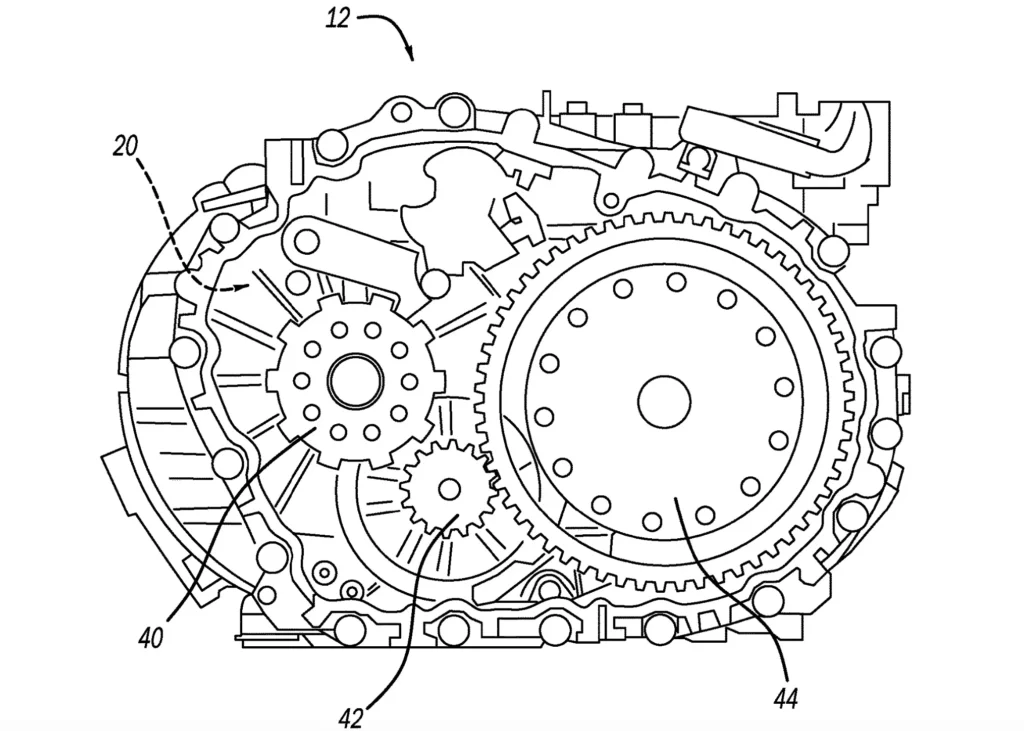
Automotive experts reviewing the patent praised its innovative approach. They see it as part of a larger trend where manufacturers are finding smart ways to make electric vehicles just as capable as their traditional counterparts. The design is particularly noteworthy for unibody electric SUVs, where adding external winches can affect weight distribution.
Looking at the bigger picture, this patent shows how car companies are adapting familiar off-road tools for the electric age. Rather than simply converting old designs to work with new vehicles, Stellantis has rethought how recovery equipment can work better by integrating it with electric powertrains.
The patent diagrams show the winch components can be tucked away within the vehicle structure. The integration suggests possibilities for simplified operation through the vehicle’s systems. While the exact placement and arrangement of the onboard winch isn’t firmly described in the patent, it focuses on the core technology rather than specific layout details.
This development represents an important step in electric vehicle evolution. It shows how manufacturers can preserve and enhance features that outdoor enthusiasts rely on while embracing new electric technology. As more vehicles go electric, innovations like this help ensure drivers maintain access to important recovery tools.
